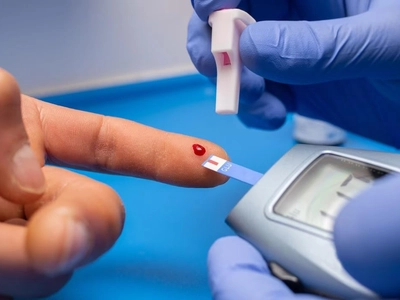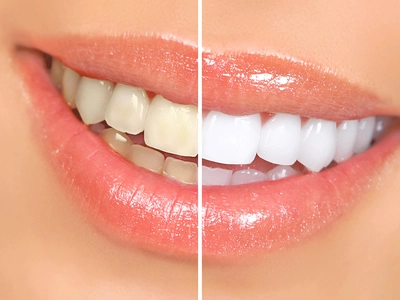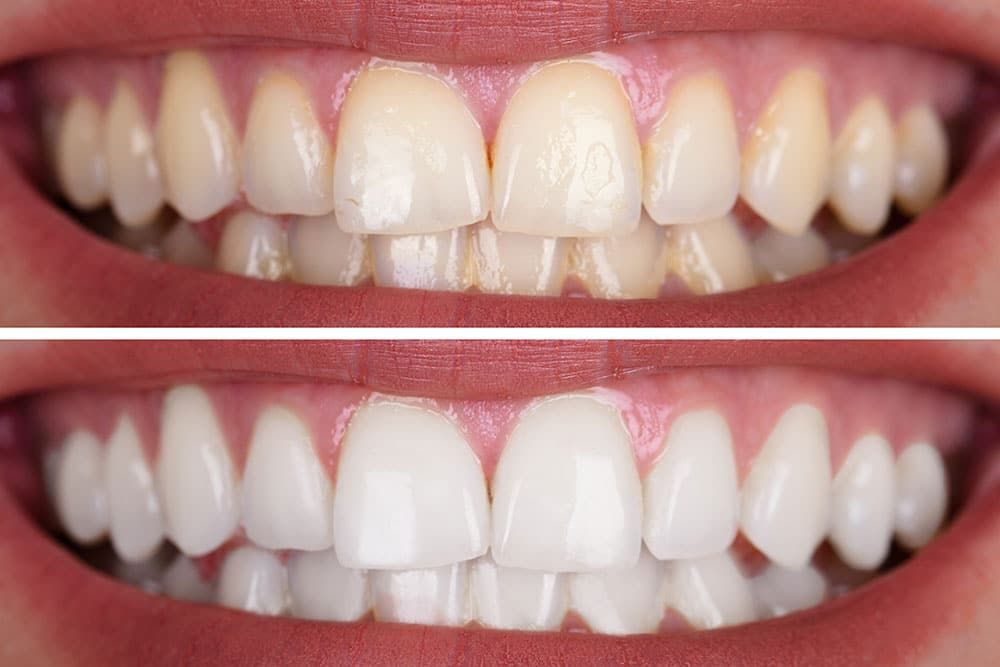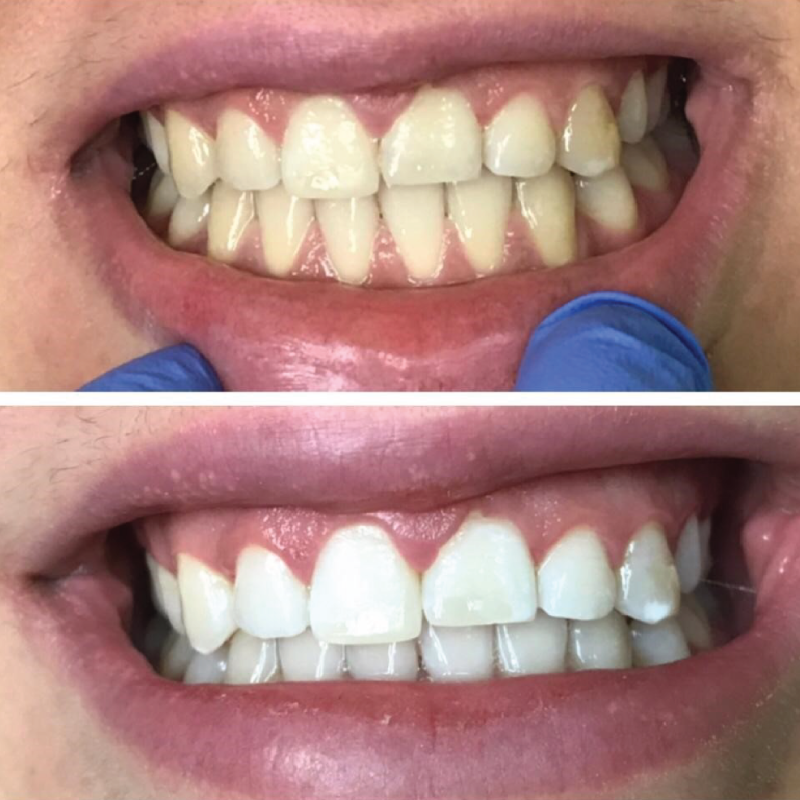How to lower blood sugar naturally and avoid medication
A doctor's warning about elevated blood sugar can cause anxiety, particularly when you hope to skip medication. Elevated blood sugar levels, often called prediabetes, show your glucose readings are higher than normal but below the threshold for type 2 diabetes.
Lifestyle modifications can help you control and potentially reverse this condition through natural methods.
Learning About Prediabetes
Prediabetes develops when morning blood sugar readings measure between 100 and 125 mg/dL. Your A1C test, which tracks average blood sugar across several months, shows results from 5.7% to 6.4%.
These figures show your body faces challenges processing sugar properly. While this serves as a warning, many people restore normal levels through active lifestyle changes.
Food Choices for Blood Sugar Management
Nutrition significantly influences blood sugar control. A proper meal combines non-starchy vegetables, lean proteins, beneficial fats, and whole grains.
Fill half your plate with vegetables. Split the other half between protein and whole grains. Skip large meals and choose smaller, balanced servings across the day to maintain steady sugar levels.
Select foods with low glycemic index ratings—these digest slowly and prevent sudden sugar increases. Examples include sweet potatoes, brown rice, and legumes.
Managing serving sizes and eating regular meals supports improved glucose control.
Boost Fiber Consumption
Fiber reduces sugar absorption speed in your body, helping control blood sugar levels. Target 25–30 grams daily from whole plant sources like oats, beans, berries, and vegetables.
Soluble fiber—present in apples, lentils, and carrots—works especially well. It creates a gel-like material in your digestive system that slows digestion and sugar absorption.
Reduce Sugar and Processed Carbs
Lower blood sugar by eliminating refined carbohydrates and added sugars.
White bread, pastries, sweet drinks, and candy trigger quick spikes. Select whole grains like quinoa and whole wheat bread, which break down gradually.
Watch for hidden sugars in processed items including sauces, cereals, and salad dressings.
Label reading helps you identify and decrease added sugar consumption. Water, sparkling water, and unsweetened teas offer better drink options.
Build Regular Exercise Habits
Physical activity improves muscle glucose usage and increases insulin sensitivity. Target 150 minutes weekly of moderate activity like walking, swimming, or cycling.
Add strength training—weight lifting or resistance bands—to increase muscle mass and enhance glucose management.
Maintain Proper Hydration
Water supports kidney function and helps remove excess sugar from blood. Drink 8 to 10 cups daily, adjusting for weather and activity. Skip sugary drinks and choose water with fruit or herb infusions for added taste.
Control Stress
Ongoing stress elevates cortisol production, which raises blood sugar levels. Discovering successful stress management methods becomes essential.
Consider meditation, yoga, journaling, or outdoor activities. Physical activity and restful sleep also help maintain controlled stress levels.
Make Sleep a Priority
Sleep influences hormones that control insulin and blood sugar. Inadequate rest increases your type 2 diabetes risk.
Target 7–9 hours nightly. Establish a calming bedtime routine, skip screens before sleep, and reduce late-day caffeine consumption to enhance sleep quality.
Monitor Your Blood Sugar
Tracking blood sugar readings helps you learn how various foods, activities, and stress factors impact your body. Use a glucometer to test levels at important times, including before and after eating.
Record your measurements with notes about meals, sleep, and physical activity patterns. This information assists you and your physician in making informed choices.
Explore Natural Supplements
Specific supplements like cinnamon and chromium might promote healthy blood sugar levels. Cinnamon research shows improved insulin sensitivity, while chromium can boost insulin function in your body.
Always consult your physician before beginning any supplement to confirm safety and effectiveness for your situation.
Work with a Healthcare Professional
Managing blood sugar naturally still requires healthcare provider contact. They provide customized advice, suggest screenings, and track your improvement.
Sometimes medication remains necessary, but lifestyle modifications can often postpone or minimize that requirement.
Learning your blood sugar sits at borderline high levels might seem overwhelming, yet it presents an opportunity. The proper mix of nutrition, movement, stress control, sleep, and medical guidance allows you to take significant steps in lowering blood sugar naturally and enhancing your future health.








